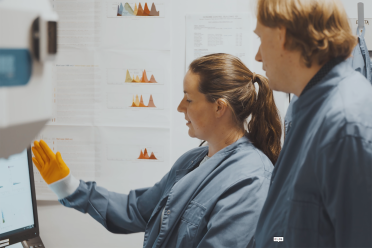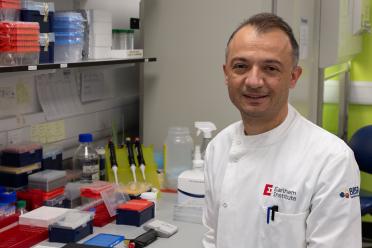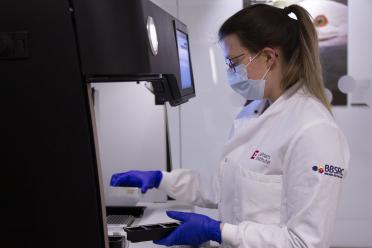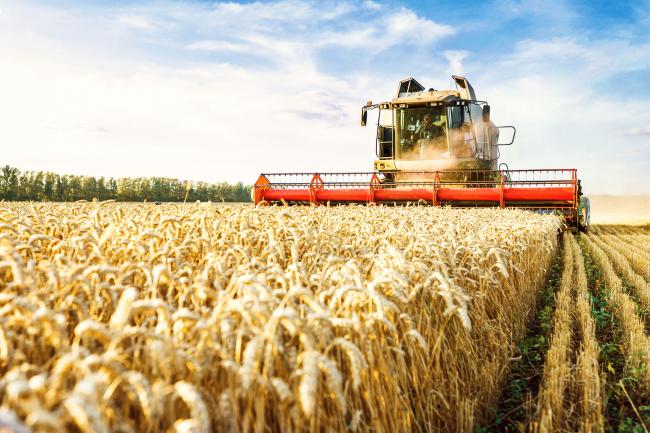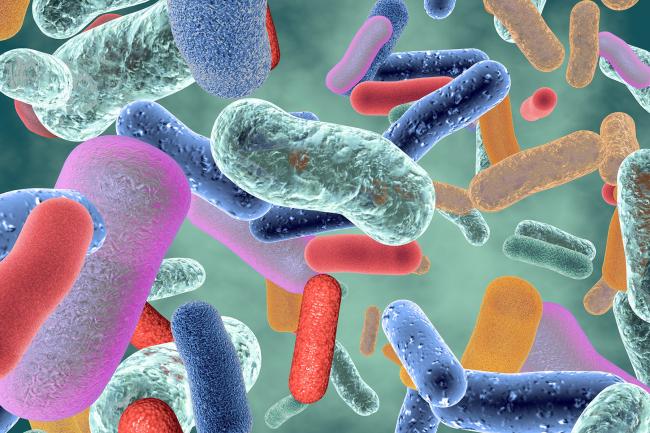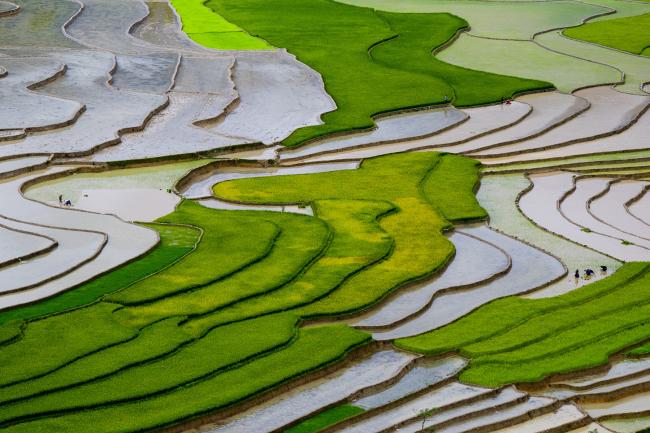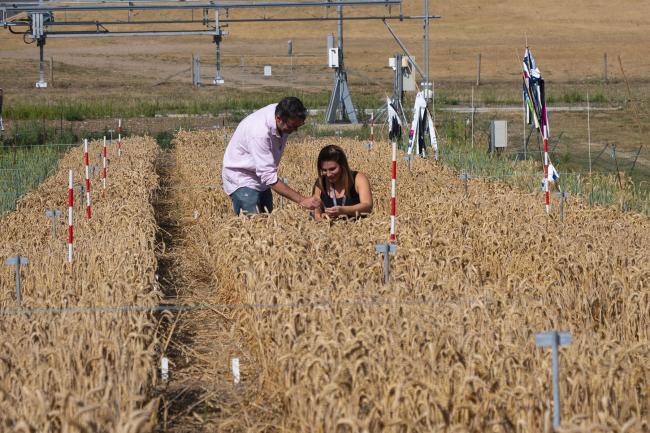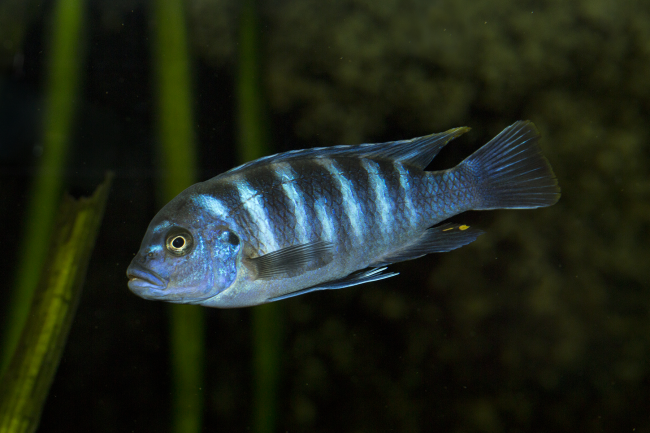Aquaculture is moving steadily inland as our oceans are increasingly depleted, and tilapia is fast becoming one of the most important farmed fish on the planet. The GIFT strain of tilapia generated by WorldFish is particularly prevalent but, until recently, we lacked a complete genome sequence for it.
The Earlham Institute’s Genomics Pipelines team combined forces with the Haerty Group to provide WorldFish with a brand new, high-quality genome that will allow them to breed tilapia that are resilient to a changing climate.
The new genome sequence and annotation, one of two generated at the Earlham Institute, is a new gold standard for tilapia and is already being used in breeding programmes.

